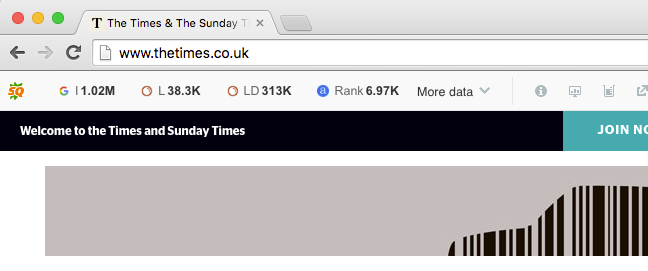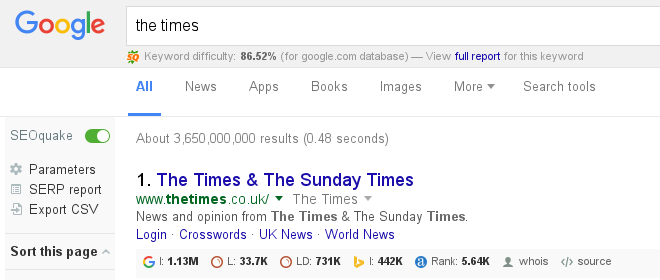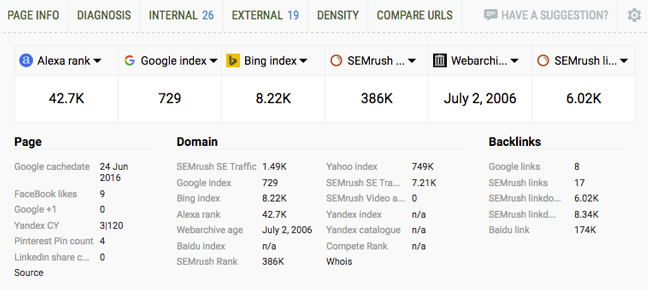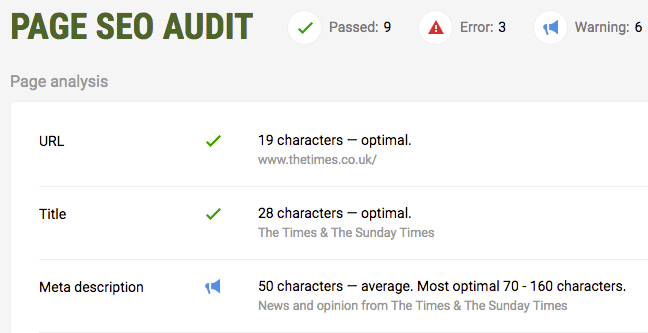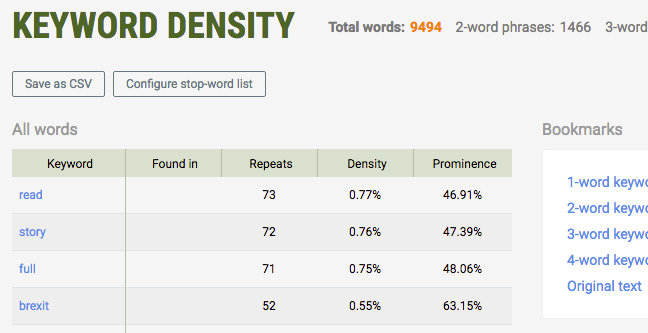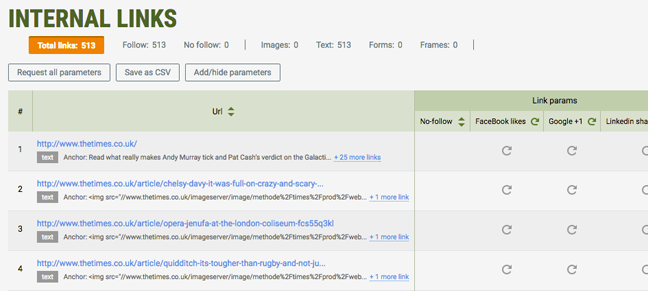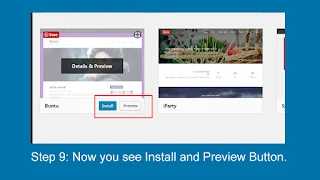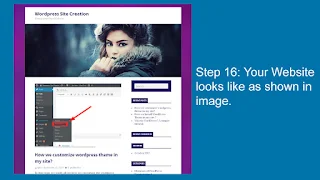Tip #1: Don’t be lazy.
Create magnetic content on YouTube and then optimize your videos directly on YouTube. That includes uploading your videos, describing them, interacting with your viewers and sharing them. As YouTube is a social beast that drives a tremendous amount of ranking, make sure you have resources that can reply to viewer comments and requests. You won’t be successful unless you dedicate some time to building your presence.
Tip #2: Optimize your video titles.
Titles are very important as they show in the player and in the search engine results pages. Only 50 characters show up in universal search so include a targeted keyword phrase at the start. At the same time, make sure that your titles are compelling to encourage clicks. Since YouTube says that it’s ok to duplicate a keyword phrase, if it doesn’t look too spammy and your title is still engaging, do it. You’ll want to think about re-optimizing over time to consider including other keywords as well.
Tip #3: Maximize descriptive text areas.
Use descriptions liberally, putting relevant, targeted keywords first. Include URLs starting with HTTP:// to your channel, playlist, or site in your video descriptions. It can be helpful to use a URL shortener such as bit.ly to include tracking code and customized keywords. If you have a long-form video, add links within the video to your description. Vary the video descriptions on your website and those on YouTube to avoid issues with duplicate content.
As far as tags go, add as many as you can without duplication or including irrelevant phrases. Consider related keywords; for example, if you were doing a video about an attorney then it would be appropriate to include ‘legal’, ‘lawyer’ and ‘judge’. As with titles, include your most important keywords first.
Tip #4: Get friendly with annotations.
When YouTube launched their Creator Playbook last year, they revealed that their search algorithm favors videos that drive traffic to other videos through annotations. Annotations can be used to link to other videos, related videos, your playlist and your channel – and those annotations are going to help your rankings. You can also use annotations to encourage interaction, issue calls to action and posts messages.
Tip #5: Create playlists.
Playlists get indexed separately from individual videos so they give you the opportunity to appear in YouTube search results multiple times (e.g. you could get a result for one of your videos and a result for a playlist with lots of your videos at the same time). They’re easy to do so there’s no reason not to do them.
Tip #6: Make sharing a snip.
Shares are a ranking factor so encourage embedding and allow commenting and rating.
Tip #7: Dress it up.
Customize your YouTube channel through settings, themes, colors, and modules. Also, be sure to include a background image.
Tip #8: Drive conversions.
Push YouTube viewers to convert through in-video calls-to-action featuring teasers or promo codes, product page links in your descriptions and annotations.
Tip #9: Be unique.
Consider creating unique content specifically for YouTube (e.g. teasers or bloopers) as online retailer Vat19.com does, or creating unique channels on YouTube. Zappos, for example, has Zappos, Zappos Style, Inside Zappos and the Zappos Insights channels.
Create magnetic content on YouTube and then optimize your videos directly on YouTube. That includes uploading your videos, describing them, interacting with your viewers and sharing them. As YouTube is a social beast that drives a tremendous amount of ranking, make sure you have resources that can reply to viewer comments and requests. You won’t be successful unless you dedicate some time to building your presence.
Tip #2: Optimize your video titles.
Titles are very important as they show in the player and in the search engine results pages. Only 50 characters show up in universal search so include a targeted keyword phrase at the start. At the same time, make sure that your titles are compelling to encourage clicks. Since YouTube says that it’s ok to duplicate a keyword phrase, if it doesn’t look too spammy and your title is still engaging, do it. You’ll want to think about re-optimizing over time to consider including other keywords as well.
Tip #3: Maximize descriptive text areas.
Use descriptions liberally, putting relevant, targeted keywords first. Include URLs starting with HTTP:// to your channel, playlist, or site in your video descriptions. It can be helpful to use a URL shortener such as bit.ly to include tracking code and customized keywords. If you have a long-form video, add links within the video to your description. Vary the video descriptions on your website and those on YouTube to avoid issues with duplicate content.
As far as tags go, add as many as you can without duplication or including irrelevant phrases. Consider related keywords; for example, if you were doing a video about an attorney then it would be appropriate to include ‘legal’, ‘lawyer’ and ‘judge’. As with titles, include your most important keywords first.
Tip #4: Get friendly with annotations.
When YouTube launched their Creator Playbook last year, they revealed that their search algorithm favors videos that drive traffic to other videos through annotations. Annotations can be used to link to other videos, related videos, your playlist and your channel – and those annotations are going to help your rankings. You can also use annotations to encourage interaction, issue calls to action and posts messages.
Tip #5: Create playlists.
Playlists get indexed separately from individual videos so they give you the opportunity to appear in YouTube search results multiple times (e.g. you could get a result for one of your videos and a result for a playlist with lots of your videos at the same time). They’re easy to do so there’s no reason not to do them.
Tip #6: Make sharing a snip.
Shares are a ranking factor so encourage embedding and allow commenting and rating.
Tip #7: Dress it up.
Customize your YouTube channel through settings, themes, colors, and modules. Also, be sure to include a background image.
Tip #8: Drive conversions.
Push YouTube viewers to convert through in-video calls-to-action featuring teasers or promo codes, product page links in your descriptions and annotations.
Tip #9: Be unique.
Consider creating unique content specifically for YouTube (e.g. teasers or bloopers) as online retailer Vat19.com does, or creating unique channels on YouTube. Zappos, for example, has Zappos, Zappos Style, Inside Zappos and the Zappos Insights channels.
